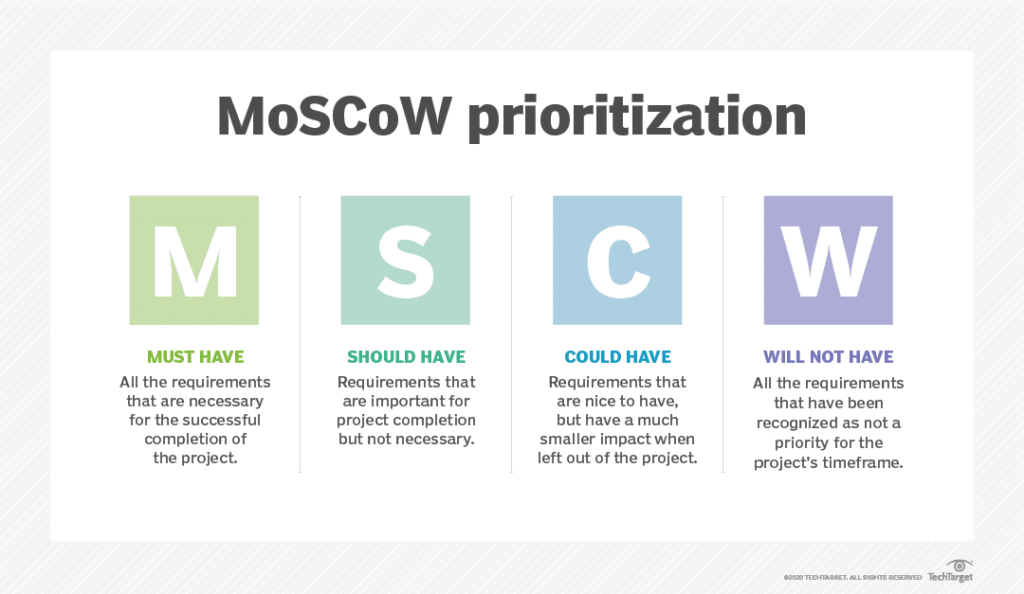Don’t forget to block the Live Session in your agenda on March 26th – 15:00. If you don’t have an invite, please message Kim on Slack!
1) What is an MVP?
MVP stands for minimum viable product. This term is used quite broadly, sometimes people use it to describe any prototype, sometimes people use it to refer to early-versions of their product.
Eric Ries (Author of Lean Startup) defines it as
“that version of a new product that allows a team to collect the maximum amount of validated learning about customers with the least effort.”
However, you can learn a lot without a product in hand (think about problem interviews). Therefore, I like a definition that focuses on the Viable-aspect. Viable means that your business can sustain, a.k.a generate enough revenue.
Therefore, for me,
“An MVP is the minimum product or service you can actually sell to your beachhead market customer”
So, designing your MVP is all about understanding what to include and what not to satisfy that beachhead market customer. But first, ask yourself if you need one?
2) Do you need a MVP?
Figuring out if you need an MVP depends on what you want to learn.
- MVPs are great for testing the market desirability and willingness to pay of your prospective solution.
- MVPs are great for testing if you can generate value for the customer
- If you just want to learn about technical feasibility, building prototypes is your way to go, and worry about MVPs later.
MVPs often are more advanced than (early) prototypes. A prototype is any manifestation of a product that allows you to learn. A sketch is already a prototype.
Therefore, sometimes it’s easier to start with prototyping for technical learning, before going to your customer with a MVP you are trying to sell.
3) Scoping your MVP to Define is to Limit
The M in MVP stands for minimum. Focusing on the bear minimum is hard.
A simple way in thining about this is the MoSCoW framework.
- You probably have a list of features.
- For each feature, ask yourself, for my MVP, is the feature a:
- Must Have
- Should Have
- Could Have
- Will not Have

Important: You can only base these desicions on what you have learned about your customers by interviewing them. Making these decisions without this type of data will return in MVPs that include all features.
Think about our sexy dandy

Task:
Make a list of features using the above framework (MSCW).
4) MVP Tools
There are a lot of tools out there that make it easy to build MVPs.
I compiled a list, check it out here:
5) Join our live MVP Scoping live session
!! Don’t forget to block the Live Session in your agenda on March 26th – 15:00 !!
I will give feedback on your MVP scope, MVP building tips and give tips on what to do next.
